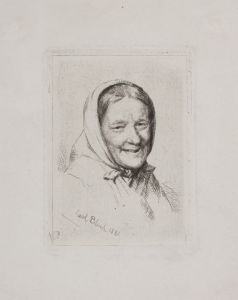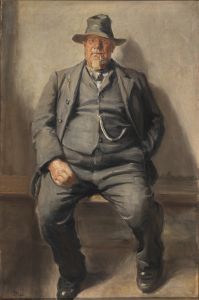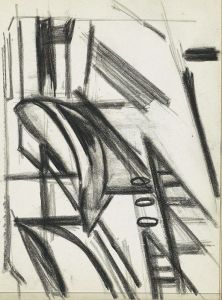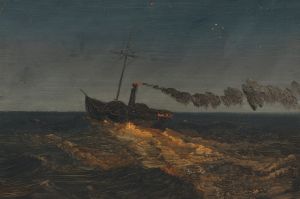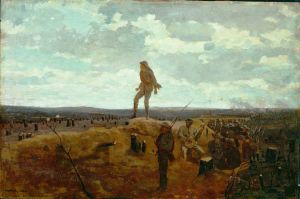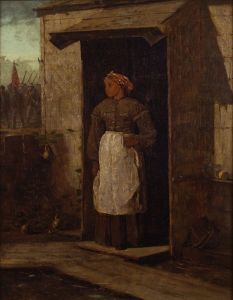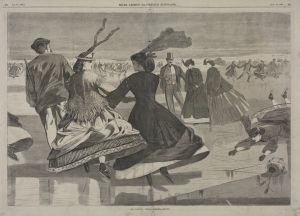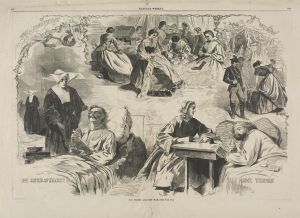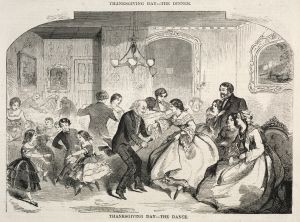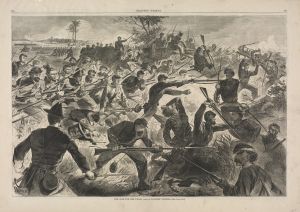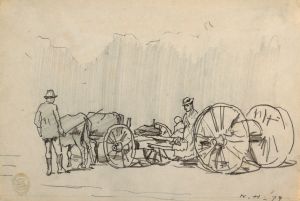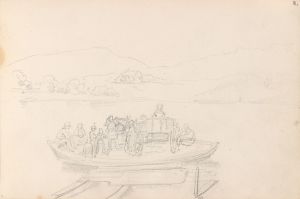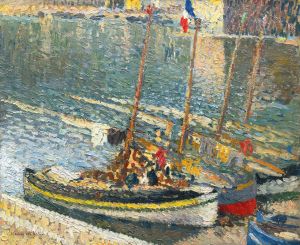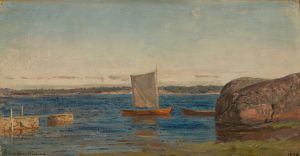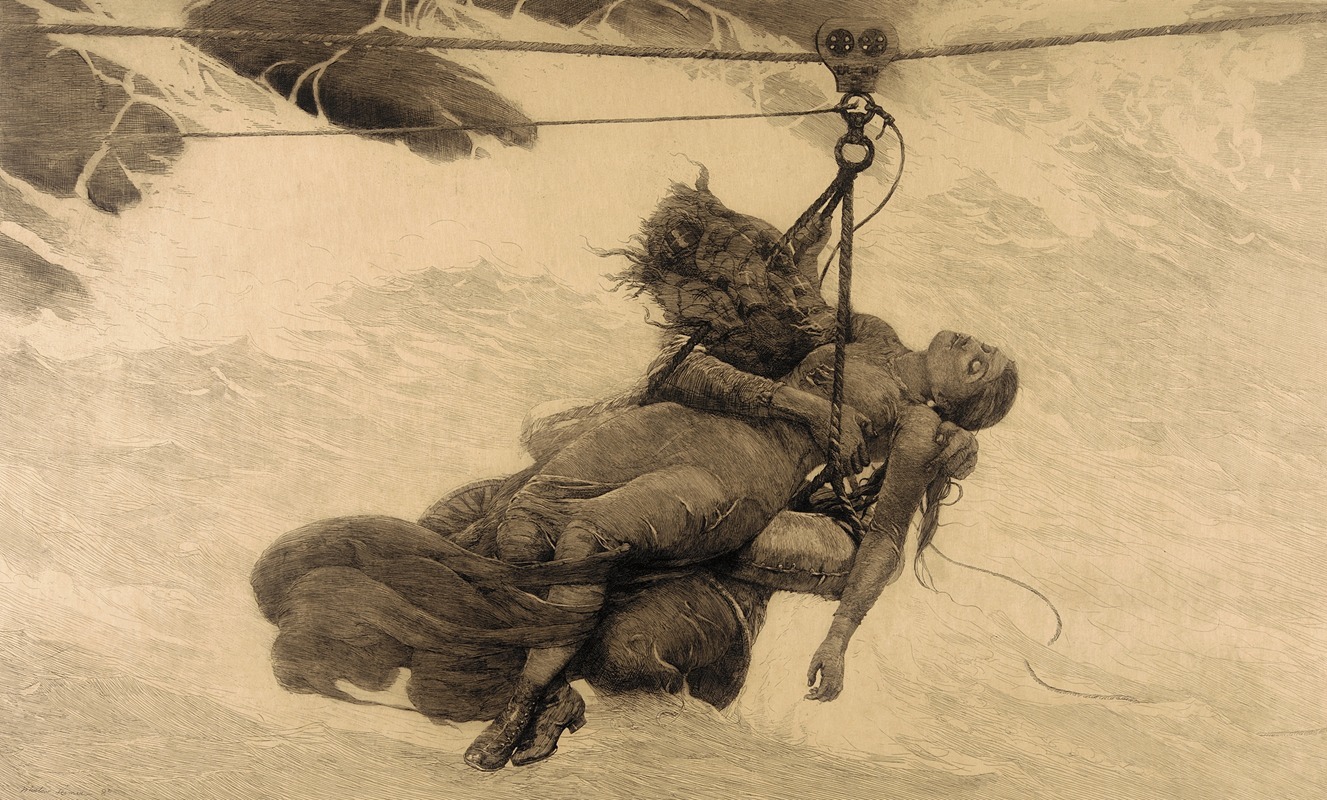
Saved
A hand-painted replica of Winslow Homer’s masterpiece Saved, meticulously crafted by professional artists to capture the true essence of the original. Each piece is created with museum-quality canvas and rare mineral pigments, carefully painted by experienced artists with delicate brushstrokes and rich, layered colors to perfectly recreate the texture of the original artwork. Unlike machine-printed reproductions, this hand-painted version brings the painting to life, infused with the artist’s emotions and skill in every stroke. Whether for personal collection or home decoration, it instantly elevates the artistic atmosphere of any space.
Winslow Homer, an eminent American artist, is renowned for his contributions to the realism movement in the 19th century. One of his notable works, "Saved by a Passing Vessel: A Sketch in the Gulf Stream," commonly referred to as "Saved," is a compelling piece that reflects his fascination with the sea and human struggle against nature. Created in 1884, this painting is part of a series of maritime works that Homer produced during his career, which often depicted the perilous life of sailors and the unpredictable nature of the ocean.
"Saved" portrays a dramatic scene of a man clinging to the wreckage of a ship, surrounded by the vast and turbulent sea. The painting captures a moment of intense vulnerability and suspense, as the man awaits rescue by a passing vessel. Homer's use of color and composition emphasizes the isolation and danger faced by the lone figure, with the dark, swirling waters and ominous sky enhancing the sense of impending doom. The artist's attention to detail and ability to convey emotion through his brushwork are evident in the depiction of the man's expression and posture, which convey a mix of hope and desperation.
Homer's interest in maritime themes was influenced by his time spent in coastal regions, particularly in Gloucester, Massachusetts, and Prouts Neck, Maine. These locations provided him with firsthand experience of the sea's power and the lives of those who depended on it. His works from this period often reflect a deep respect for the sea and an understanding of its dual nature as both a source of sustenance and a formidable force.
"Saved" is part of a broader narrative within Homer's oeuvre that explores the relationship between humans and nature. This theme is evident in other works such as "The Gulf Stream" (1899), where Homer similarly depicts a lone sailor adrift in a small boat, surrounded by sharks and turbulent waters. Both paintings highlight the precariousness of human existence and the resilience required to survive in the face of nature's challenges.
Homer's maritime paintings, including "Saved," are celebrated for their technical mastery and emotional depth. His ability to capture the raw power of the sea and the human spirit's endurance has earned him a lasting place in the canon of American art. Today, his works are held in high esteem and are featured in major art institutions, where they continue to be studied and admired for their artistic and historical significance.
In summary, "Saved by Winslow Homer" is a testament to the artist's skill in portraying the drama and beauty of the natural world. Through his depiction of a man on the brink of salvation, Homer invites viewers to reflect on the themes of survival, hope, and the enduring struggle between humanity and the elements.





